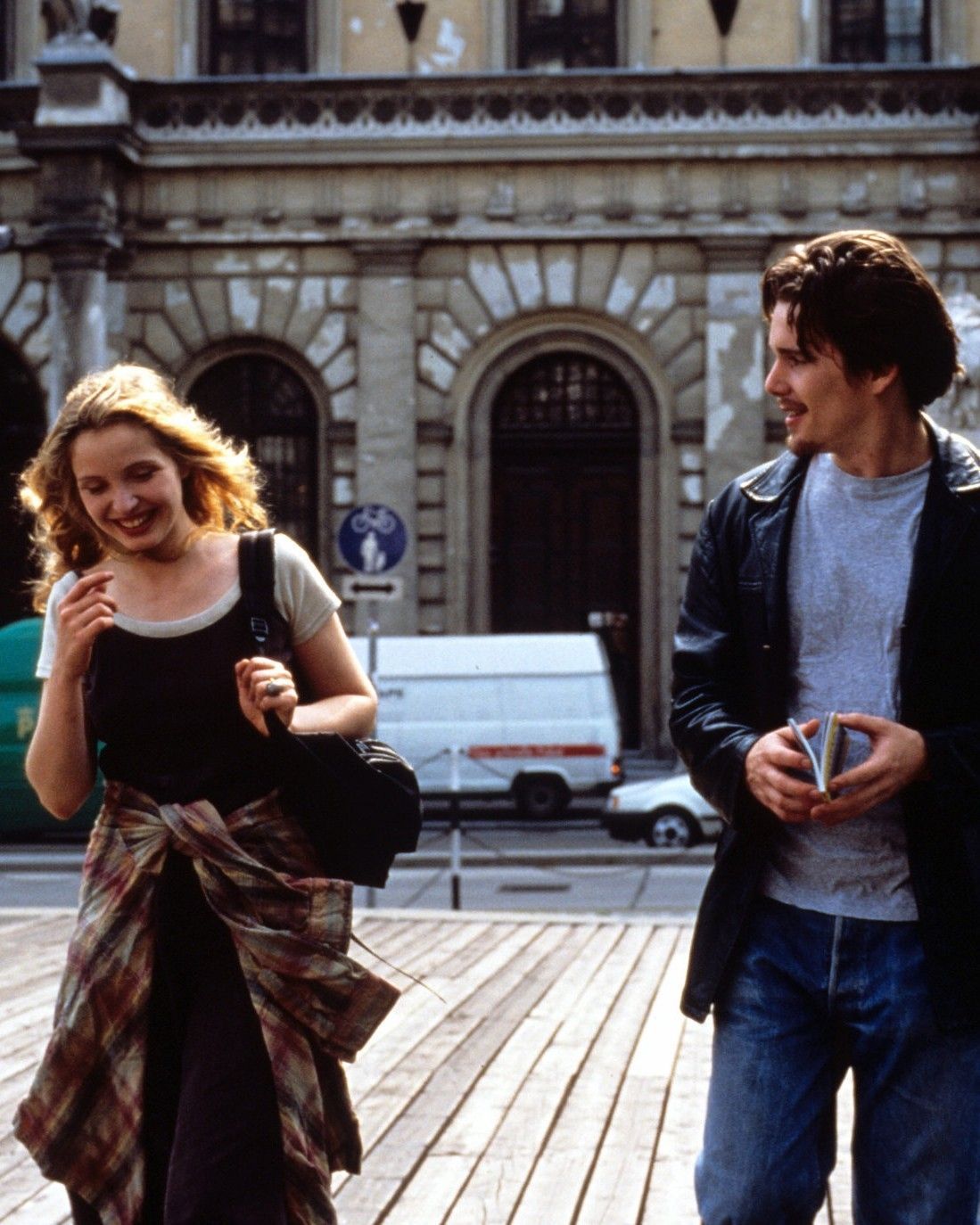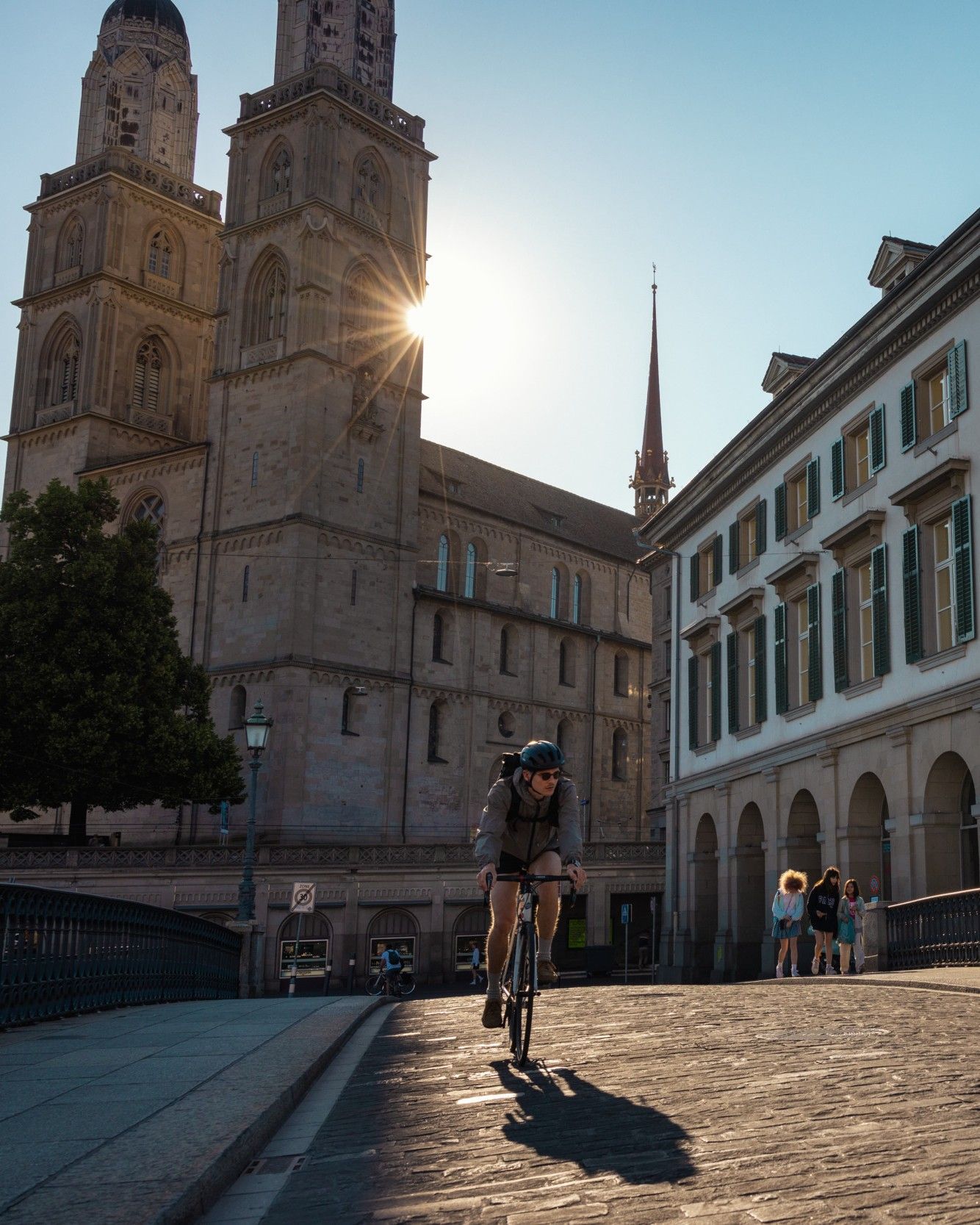
The 10 best and worst cities in the world to walk around Needless to say, the top ten are all in Europe
There are approximately 1.475 billion registered vehicles in the world and a human population exceeding 8.1 billion. This means there are about 182 cars per 1,000 people, highlighting that the majority of the global population does not own a car, chooses not to drive, or lives in urban environments where vehicles are not a necessity. For the hundreds of millions of people who travel by foot, bicycle, or public transport, the walkability of a city is not just a convenience: it significantly impacts quality of life, safety, the environment, and access to essential services. The most walkable cities are those that offer interconnected infrastructure: well-maintained sidewalks, numerous pedestrian areas, efficient public transport, and a safe urban environment. Climatic factors, such as average monthly rainfall, also influence how easy it is to live in a city on foot—factors that were considered in the recent study by Compare the Market. Munich ranks first among the most walkable cities in the world, becoming a model of urban planning. It offers over 1,468,000 kilometers of bike lanes, the second highest value globally. Additionally, 86% of the population lives within one kilometer of a car-free area, also the second-best statistic in the ranking. Despite the cost of public transport being the third highest among the top ten cities (6.11 AUD per ride), Munich stands out for safety, ranking fourth in this area, and for access to essential services such as schools and hospitals, reachable on foot by 85% of the population.
@xandi.haas A quickie in Munich… #hospitality #munich #hiddengems original sound - Xandi
Milan takes second place, mainly thanks to its extensive bike lane network, which reaches 1,941,000 kilometers: the longest in the world. 80% of residents live within one kilometer of healthcare and educational services, and the city, with its compact and lively center, is perfect for exploring on foot. Warsaw ranks third. The Polish capital is one of the most accessible cities even for those on a limited budget: a single public transport ticket costs only 1.67 AUD. Additionally, 74% of residents live within one kilometer of pedestrian areas, such as Łazienki Park or the charming old town. Helsinki is in fourth place thanks to its 320,000 kilometers of bike lanes and 85% of the population living close to traffic-free zones. The Finnish capital, famous for quality of life and its connection to nature, offers routes like Central Park and city beaches such as Pikkukoski, easily accessible by public transport, which is one of the best-rated in the ranking. Paris, in fifth place, offers an extensive bike lane network (almost 973,000 km), an excellent public transport system, and a high density of essential services easily reachable on foot. From the metro to tree-lined boulevards, the French capital is designed for those who love to explore the city by walking.
Europe dominates the top 10 most walkable cities, with Madrid, Oslo, Copenhagen, and Amsterdam occupying the next positions. Tokyo is the only non-European city in the top ten, ranking sixth thanks to its exceptional transport network and the high urban density that facilitates walking. Sydney is just outside the top 10, in eleventh place, while Melbourne is in seventeenth. New York is the highest-ranked U.S. city, but only at 34th place, followed by San Francisco (35th) and Boston (36th). Among the most interesting data, Amsterdam excels in bike lanes (1,090,000 km), Copenhagen stands out for public transport efficiency (second place), while Zurich and Stockholm rank among the best for transport quality. In terms of safety, the most reliable cities are Abu Dhabi, Dubai, and Manama. As for costs, Buenos Aires offers the cheapest transport (0.23 AUD), followed by Mumbai (0.37 AUD) and Cairo (0.50 AUD).
The 10 Worst Cities for Walking
Jo'burg is probably at or near the top of my list of places where I have worried about my personal safety. There are some very sketchy neighborhoods and it is generally not advisable to walk rather than drive. You have to hide your phone even when in an Uber or car. https://t.co/YPzpPqNxHC
— taipan168 (@taipan168) May 22, 2025
On the other side of the ranking are cities where walking is a real challenge. The causes are varied: poor safety, sprawling urbanization, lack of infrastructure, or unfavorable weather conditions. Johannesburg, in South Africa, is the least walkable city in the world. Only 8% of the population lives near a car-free zone (the lowest figure along with Manama), and the city scores the worst in terms of safety: 19.31. Public transport is also inefficient, ranking among the worst. Despite its vibrant neighborhoods and rich urban culture, it is highly recommended to travel by car for safety reasons. Patras, in Greece, is in second place. It is one of the few cities in the world without registered pedestrian routes—a serious shortcoming for any urban environment. With an average monthly rainfall of 76.5 mm, it does not make up in other areas, leading to a very low overall score. Next is Dallas, in Texas, the least walkable U.S. city and the third worldwide. Only 10% of residents live near schools or hospitals, and just 13% have access to traffic-free zones. Bike lanes are limited: just 13,744 km, the third lowest among all analyzed cities. Staying in the same area, Houston, also in Texas, is in fourth place. It ranks last for access to essential services, with only 8% of the population within walking distance of schools or healthcare facilities. Moreover, 15% live near pedestrian areas and average monthly rainfall is high: 103.5 mm.
@samaimejiah Scary day and night #downtown #downtownhouston #fyp #scarymoments #fy #fypage all american bitch - grvciefilms
Manila, in the Philippines, closes the top 5. It has only 11 pedestrian routes and 44,943 km of bike lanes. Public transport is among the worst, scoring 32.3%, and rainfall is heavy: 138.8 mm per month. Safety is also low, the eighth worst overall. Other less walkable cities include Bangkok, Mumbai, Cape Town, Quito, and Chicago. Patras is the only European city in the bottom 10, followed by Thessaloniki in 30th place. Regarding other critical factors, Manama has the fewest bike lanes in the world: only 9,305 km, followed by Monterrey with 11,180 km. After Johannesburg, the cities with the worst safety are Rio de Janeiro, Cape Town, and Lima. Regarding access to pedestrian areas, Cairo (10%) and Bangkok (11%) are near the bottom of the list. If rain is a concern, it’s also advisable to avoid Quito, Vancouver, and Mumbai, which record the highest monthly precipitation. Interestingly, the least walkable cities are not necessarily the most expensive for transport. Zurich, which ranks 15th overall, has the highest single-ticket cost (7.64 AUD), followed by Stockholm, Munich, and Oslo. Stephen Zeller, General Manager of Compare the Market, highlights how access to services, transport, and public areas influences homebuying decisions. “Evaluating infrastructure is essential when buying a home,” he explains. “It’s important to consider connections, distance to stops, schedules, and route safety. Naturally, the most desirable areas will have higher prices, which may require larger mortgages. Buyers in Australia can use Compare the Market’s free tools to assess property value and calculate their purchasing power.”















































